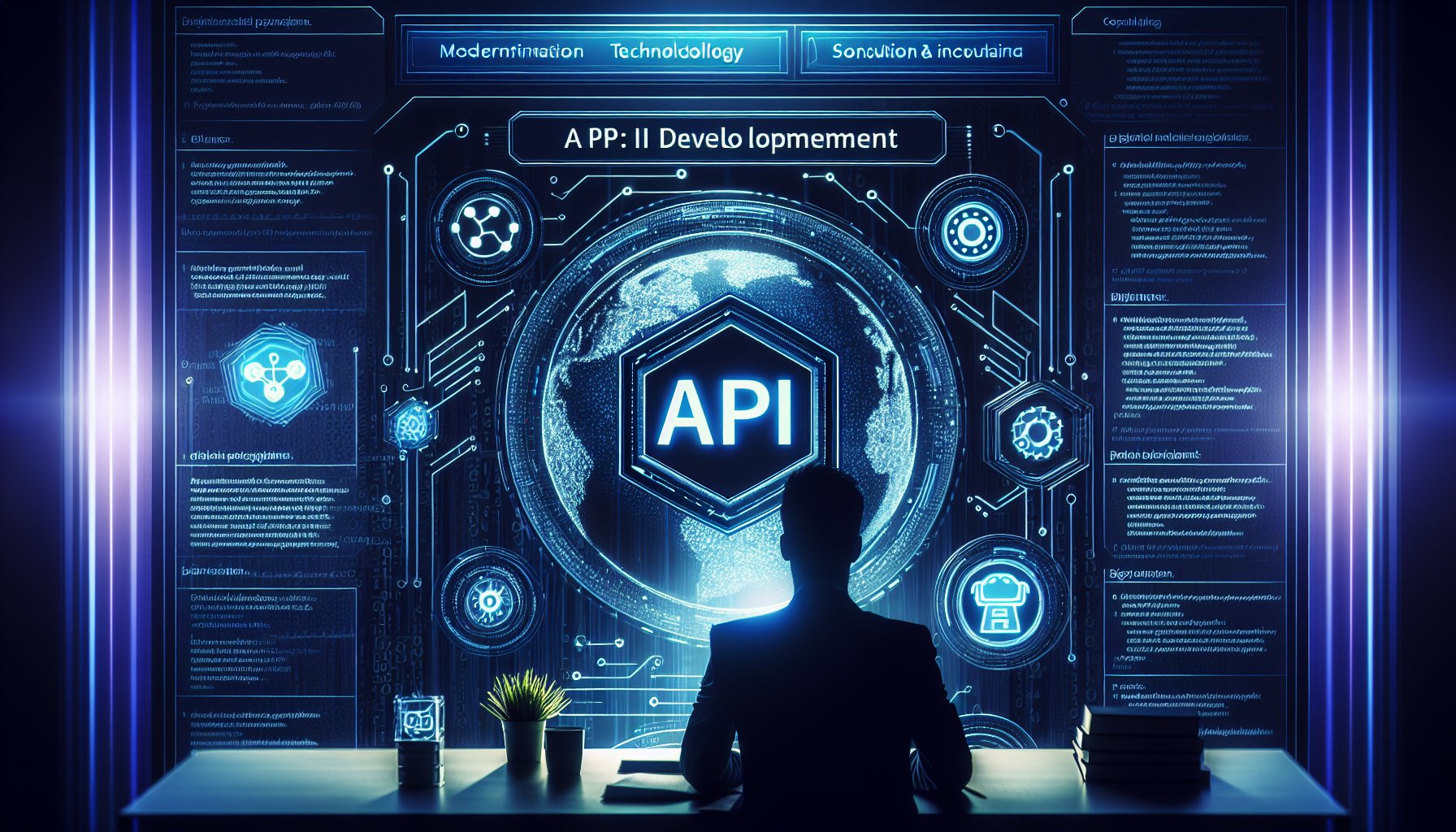Introduction
In the dynamic world of IT, API (Application Programming Interface) development plays a crucial role in interconnecting applications, services, and data. As we navigate the digital transformation journey, it's essential to stay updated with the latest advancements in API development. This blog post delves into the most innovative approaches and trends shaping the future of API development in 2025 and beyond.
Shift Towards Microservices Architecture
Microservices architecture has revolutionized the way developers build and manage APIs. This approach involves dividing a large application into smaller, independent services, each having its own process and communicating with lightweight mechanisms. The aim is to build complex applications that are easier to develop, maintain, and scale.
// An example of microservice architecture
let service = new Microservice({
name: 'Order Service',
transports: [
new AMQPTransport({
url: 'amqp://localhost'
})
]
});
GraphQL: The Future of API Design
GraphQL, a data query and manipulation language developed by Facebook, is now emerging as the go-to choice for API development. Unlike RESTful APIs that often require loading from multiple URLs, GraphQL APIs get all the data your app needs in a single request.
// Example of a GraphQL query
{
user(id: 123) {
name
email
friends {
name
}
}
}
Serverless Architecture and API Development
Serverless architecture is gaining traction in the realm of API development. With serverless APIs, developers can focus on the core product instead of managing and operating servers or runtimes, either in the cloud or on-premises. This is especially beneficial for businesses looking to scale quickly and efficiently.
// Sample AWS Lambda function for serverless API
exports.handler = async (event) => {
const response = {
statusCode: 200,
body: JSON.stringify('Hello from Lambda!'),
};
return response;
};
DevOps: A Game Changer in API Development
DevOps is reshaping API development by fostering a culture of collaboration between developers and IT operations. By automating and streamlining the API development lifecycle, DevOps facilitates faster deployment, better performance, and higher reliability.
Cloud-Native Applications
Cloud-native applications, designed to thrive in the cloud computing environment, are becoming the new norm in API development. Leveraging cloud-native technologies, developers can build and run scalable applications in modern, dynamic environments such as public, private, and hybrid clouds.
Conclusion
The future of API development is undeniably exciting with the advent of cutting-edge technologies and methodologies. By harnessing the power of Microservices, GraphQL, Serverless Architecture, DevOps, and Cloud-Native Applications, developers can unlock new frontiers in digital innovation. Stay tuned to this space for more insights into the ever-evolving IT landscape.
